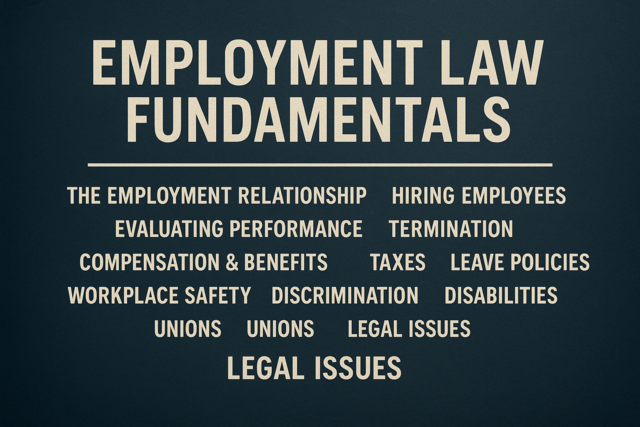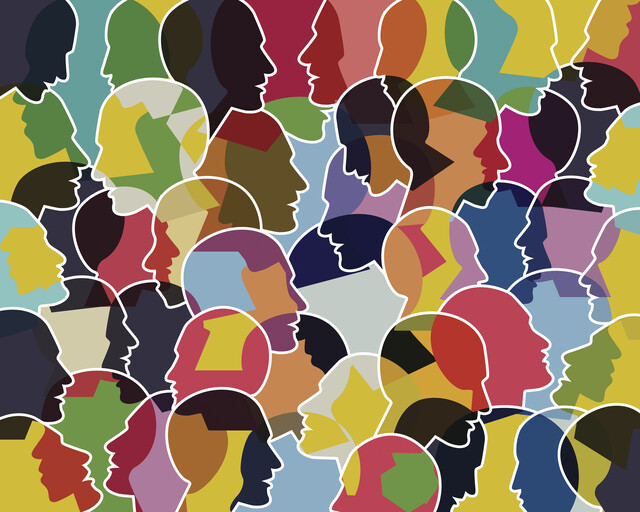Whatever your intent or goals in creating a healthy and respectful international workplace, it is likely that you are going to need and use resources to get things done. Resources are the things you turn to when you need assistance-which is completely acceptable under any circumstances. They're also a nice thing to have just in case you need it. The resources for the business world often come from very official sources and can be used for any kind of professional intentions, like workplace improvements and developments.
This article will look at some of the resources that may be available to employees, employers, and businesses in general to assist in efforts to create a respectful international workplace. Areas of discussion will include the different sources that those resources can come from and what each source can/may offer. Information about several organizations that may be able to provide assistance in your efforts.
Corporate Resources
Several of the options for corporate resources include:
Policies-Policies in business basically set the rules. The goal with them is to prevent problems from happening and to establish a structure to address those problems that are not prevented. It is possible for there to be some kind of policy or policies already in place that a business can use as a guide for any kind of workplace improvements that they choose/need to make. An existing policy might not be enough to have a real impact on your efforts, but it could provide you with an idea of what needs to be improved before serious problems develop. For example, a hospital in Oakland, California was fined by the state after it was determined that their policies against workplace violence and hazards were significantly inadequate and needed to be modified accordingly.1
Education and Training-education and training can be used to help improve the workforce and workplace conditions. Many businesses offer some kind of education and training for their staff. These same programs can be used to educate employees about respectful international workplaces and/or their features in an effort to create one in the business. Such programs can be found outside of the business through third-party organizers who offer relevant courses (like this one!) and sessions for the business's use.
The Human Resources Department-Your company's HR department is one of the most powerful and useful resources that you have at your disposal. The staff in this department serve as advocates for employees and the business as a whole, and therefore will be able to take effective action to help with improvements.2 It's their job to take care of the human elements of the business and anything that is connected to their well-being. This means that they can help with anything related to employee health, satisfaction, performance, development, and conflicts within the business.3
Employee-Employer Collaboration-Many of the issues that can present as obstacles to workplace health can be tied to how the people in the workplace interact with one another. The relationships amongst the workforce can shape the culture and atmosphere of the workplace for better or worse. The relationship between the employees and their employer can have the most influence of them all in some cases. In order to fix anything in the workplace, it may be necessary to embrace those relationships and work together to find a solution.4
Some people are adverse to any kind of government involvement in the business world beyond what is legally necessary. There are real concerns that too much government involvement can stagnate or otherwise seriously harm business interests and hurt employees, employers, and customers alike.5 However, that doesn't mean that the government cannot be of some help with anything that a business chooses to do. There are parts of the federal, state, and local governments that provide the business sector of the country with resources, information, and guidance about common issues. Much of those resources are related to laws and regulations, but even those can be of help when you're trying to make an improvement that will have a real impact on the workplace.
Government organizations that may be of help, and how to contact them, include:
EEOC: Equal Employment Opportunity Commission-The EEOC is a federal office that oversees the enforcement, reporting, and investigation of federal protection laws in the workplace, including those related to discrimination and harassment.6 Much of what the EEOC works with involves elements of the workplace that can have a negative impact, and seeks to address those situations. They maintain information and data about the laws applicable to the workplace and handle reporting and investigation of violations, as well as resources related to prevention, reporting, legalities of workplace issues. You can learn more about the EEOC and what it can offer by visiting their website at www.eeoc.gov or contacting one of their 53 field offices in the US.
DOL: US Department of Labor-The DOL is a branch of the US government that oversees the laws and regulations applied to the business world and its components. A part of their mission is to ensure the welfare of the US workforce and the working conditions that they face everyday.7 Any kind of legally granted right that employees have in the workplace-including the right to safe and healthy working conditions-are protected, enforced, and authorized by the DOL. The department also oversees dozens of formal agencies that may also be of use for businesses. You can learn more about the DOL and what it offers by visiting its website at www.dol.gov.
OSHA: Occupational Health And Safety Administration-OSHA is a branch of the DOL that oversees the health and safety practices of workplaces all over the US. It was created through the Occupational Safety and Health Act of 1970 with the purpose of maintaining and enforcing standards of safe working conditions.8 The organization still does this today, monitoring and investigating violations, maintaining safety regulations, and offering informational resources to businesses and the workplace. Like the EEOC, OSHA also handles reports about violations of the regulations they oversee. You can learn more about OSHA and see what they have to offer by visiting their website at www.osha.gov.
State/Local Government Organizations-Like their federal counterparts, state and local governments have their own departments and organizations that interact with businesses and the workforce. They can offer similar resources, but on a much more localized level. Finding out what your state or local government offers is as simple as searching online or contacting your local government offices.
Professional Organization Resources
Several of the more active professional organizations who have been known to have resources related to the creation and maintenance of healthy and respectful international workplaces include:
SHRM: Society For Human Resource Management-SHRM is one of the largest HR professional organizations in the world, with over 285,000 current members spread throughout 165 countries.9 The organization offers resources and information about issues in the workplace, largely from the perspective of the HR profession and the normal tasks those individuals encounter in the course of their job. They focus on issues that plague workplaces all over the world and seek to provide real solutions, including training and education. It is possible to become a member of SHRM if you are an HR professional, which grants you access to all of its resource without restriction and an active community of fellow HR professionals.10 Membership fees range from $40-209 per year depending on the type of membership (e.g. student, general, professional). You can learn more about SHRM and see what they have to offer by visiting their website at www.shrm.org.
IHRIM: International Association for Human Resource Information Management-The IHRIM is another HR professional organization that acts as a community of resources for HR and business professionals. They offer resources and expertise that focuses on the usage of technology, analysis, and innovation with the intent of preparing members for modern day and future issues.11 The organization is a global collective that has been active since 1980. It offers educational services in addition to informational resources, as well as an annual conference and several publications.12 It has individual, corporate, and student membership options, available in one or two year formats starting at $50. Members have full access to all of IHRIM's resources and network for the duration of their membership. You can learn more about IHRIM and what it offers by visiting its website at www.ihrim.org.
Unions-Unions are similar to other professional organizations with the addition that they are very active in matters of the workplace. These organizations act as advocates for worker's rights, safety, and well-being. Many have an existing relationship with businesses and employers through their regular efforts. A union can have a national presence with local chapters or it can be a localized group. There are certain industries where unions are common and employees are sometimes required to be members for the sake of their own benefit. The legal power and standing of unions has been a rather heated topic in recent years, with several states taking measures to reduce the power and influence of unions in the workplace. Should you turn to a local union or one that you are a member of, pay careful attention to any restrictions that may interfere with the assistance they can provide.
Non-Profit Organizations (NPOs)-Many professional organizations are also NPOs, but there are still regular NPOs that may be of help to your efforts. These usually are able to help with specific issues that are related to their mission. For example, addressing workplace harassment using resources from an NPO that works with harassment and assault victims. The dedication to their cause that NPOs have means that many of them try to offer as much help as possible to those they serve, and may be able to offer some rather unique resources that you might not find elsewhere. An NPO may also be an option to help employees deal with some of the damage caused by some of the more harmful elements of a toxic or unhealthy workplace (e.g. stress, trauma) through their regular services.

























